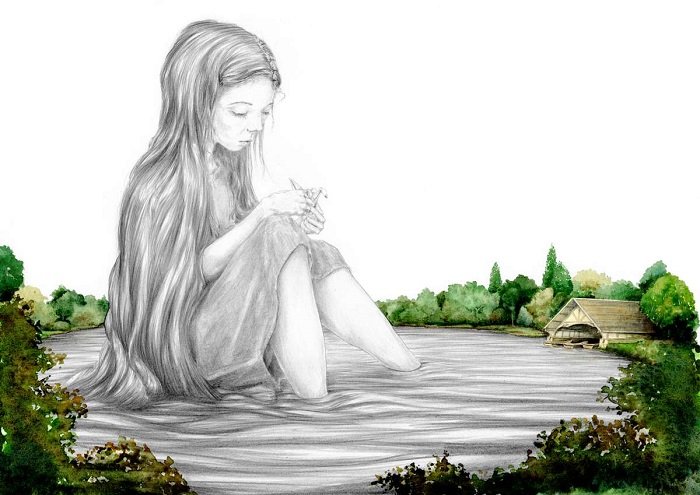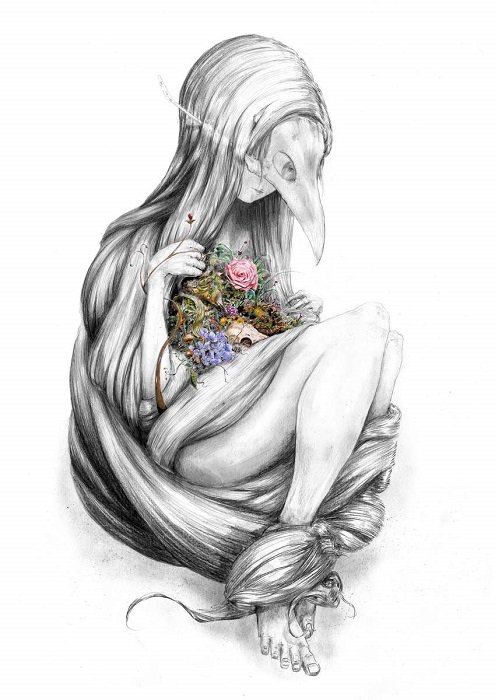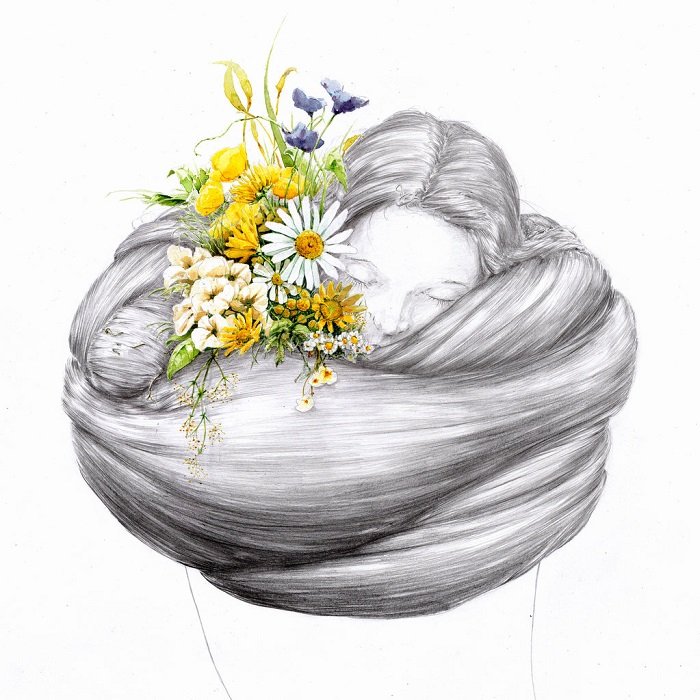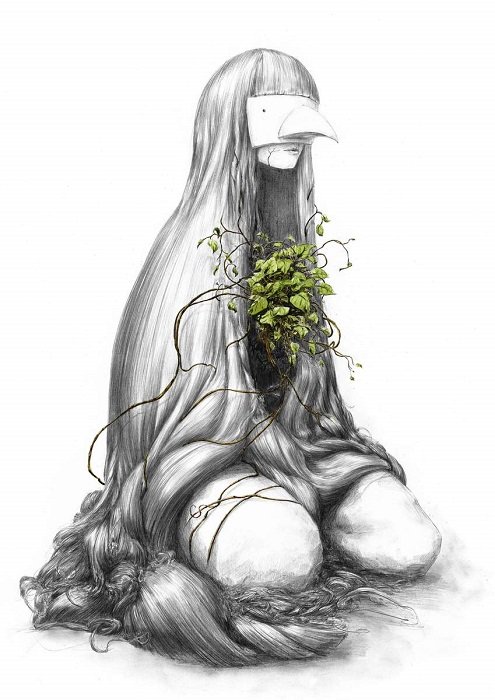Barry Quinn | The Geography of Home
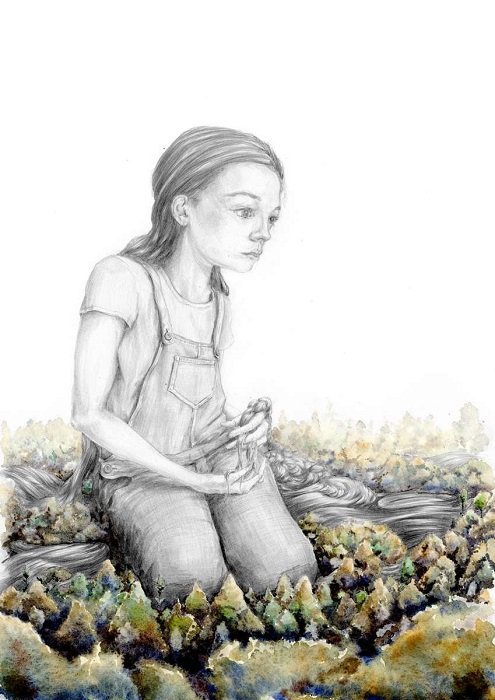
Did you always want to be an artist?
I always wanted to be practicing art in some form. Music would have been my main passion for a long while. But around 8 years ago I shifted focus towards visual art. As long as I’m doing something creative that tells a kind of story.
Who has been or currently is an influence on your work and why?
I think Studio Ghibli and anime in general would be a major influence on my drawing style. Alice Maher, Alison Bechdel and, recently, Tillie Walden would be influences, especially if I’m working on comics and stories. I always consider Joanna Newsom as a huge influence in terms of wanting to make work with that balance of crafted, layered story and raw emotion. If I get a bit lost with work, I listen to her albums and its like “oh yeah, this is what I want my work to do”. I saw an exhibition and retrospective of Kerry James Marshal’s ‘Mastry’ lately and it totally blew me away. I haven’t produced any new work since, but its sort of making me rethink a lot of things about my own work and what I want out of it.
Were you self taught or did you study?
I’m self taught. My mother was an artist and would have always encouraged art, having us draw pictures and asking what they might mean. I’ve had classes and workshops on drawing and printing techniques, but I wouldn’t have a great deal of formal training.
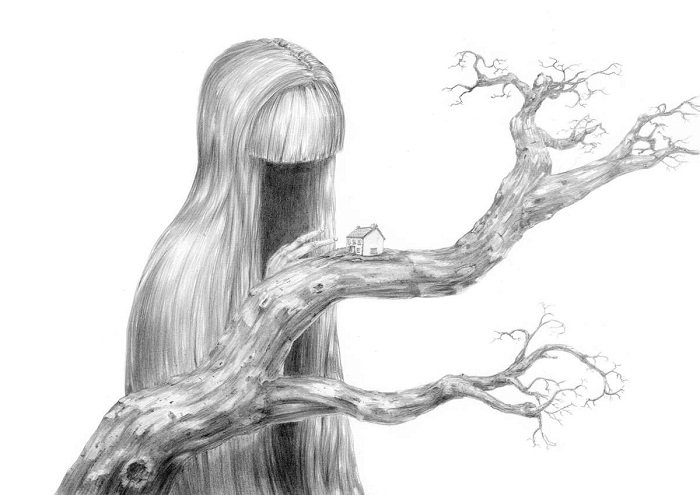
Where does your inspiration come from?
Visually, a lot of inspiration comes from the natural world, from growing up in the countryside; running around forests. Most of my work would be figurative, but there’s always elements of trees and flora creeping in. And the ideas for illustrations come from trying to figure out things that trouble me or interesting things I’ve read and heard. I’ve always used drawing as a sort therapeutic tool to try to figure out worldly issues that don’t make sense. Which is mostly social politics and inequality, and environmental concerns.

